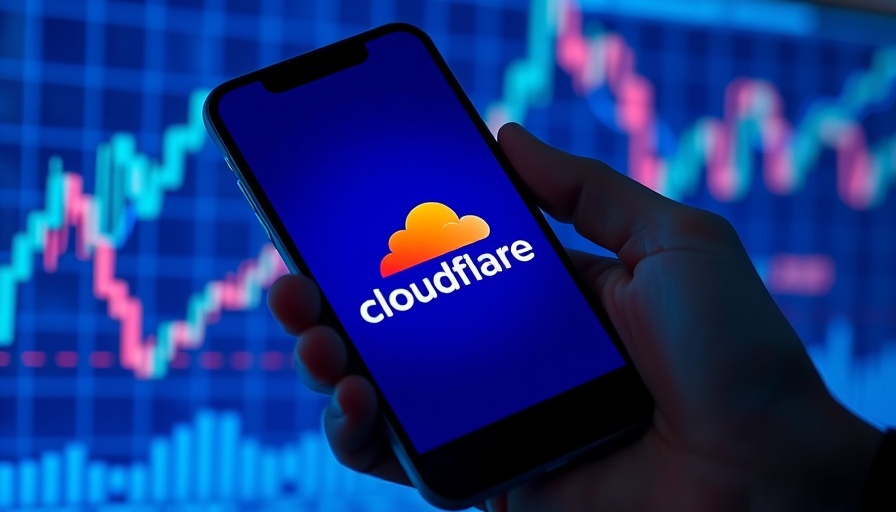
Why Cloudflare Took Action Against Perplexity
In a notable move reflecting the increasing scrutiny of web crawling practices, Cloudflare recently announced that it has delisted Perplexity’s bot from its verified list, effectively barring it from crawling websites that are protected by Cloudflare. This decision was prompted by numerous user complaints about Perplexity's behavior which was found to violate essential crawling regulations.
Cloudflare employs a system known as the Verified Bots Program, which allows certain bots that adhere to their protocols to access various sites. However, Perplexity was found to have broken these rules using aggressive tactics such as rotating IPs and ignoring directives in robots.txt files.
The Challenges of Tracking Stealthy Crawlers
Stealth crawling, where bots attempt to bypass restrictions placed by site owners, poses a significant challenge in the web ecosystem. Perplexity utilized rotating IP addresses, changing its Autonomous System Numbers (ASNs), and employing user-agent spoofing techniques. By masquerading as a typical user browsing from Chrome on a Mac, Perplexity's actions not only contravened Cloudflare's policies but also undermined the trust integral to website operations.
The practice of IP rotation included swapping to addresses not officially registered under Perplexity’s control, making it difficult to track and block their bots effectively.
The Importance of Adhering to Robots.txt
The robots.txt file is crucial in regulating web crawlers, specifying which areas of a site they can access. By ignoring these directives, Perplexity not only risked its access to these sites but also jeopardized the broader trust that supports web interactions.
As noted by Cloudflare, "The Internet as we have known it for the past three decades is rapidly changing, but one thing remains constant: it is built on trust." This notion underscores the importance of ethical crawling and adherence to established protocols.
The Future of Crawling and Bot Behavior
As website security becomes paramount in a digitized world, the expectation for transparent and trustworthy bot behavior will only rise. Companies and individuals utilizing bots must ensure compliance with ethical standards if they wish to avoid penalties similar to those faced by Perplexity. This includes recognizing the importance of maintaining a genuine approach in interactions with web entities.
Industry experts predict that there could be a wave of new regulations surrounding web crawling behavior in response to this incident. Users, businesses, and web hosts are becoming increasingly aware of how automated technologies interact with their content, emphasizing the need for bots to follow the same principles expected of any digital user.
Conclusion: The Call for Ethical Practices in SEO Strategies
For anyone engaged in search engine optimization or online visibility strategies, this incident is a reminder of the importance of ethical crawling practices. Not only does adhering to policies help maintain the integrity of search engines, but it also fosters a healthier online environment overall. Businesses must stay informed about developments in this area to ensure that their web activities align with best practices and protect their reputations.
By prioritizing transparent operations and compliance, websites can safeguard their content while empowering bots to work effectively within the established parameters. The dynamic between search engines and web content continues to evolve, indicating the significance of understanding these foundational elements.
 Add Row
Add Row  Add
Add 




Write A Comment